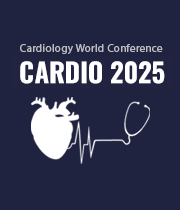Coronary Restenosis
Coronary restenosis is a medical phenomenon marked by the re-narrowing or blockage of coronary arteries subsequent to an initial medical intervention like angioplasty or the placement of a stent to address coronary artery disease. While these interventions initially succeed in restoring blood flow to the heart, the recurrence of symptoms, such as chest pain or angina, indicates the onset of restenosis. This condition is primarily attributed to the re-growth of tissue within the treated artery, referred to as neointimal hyperplasia, or the reappearance of atherosclerotic plaque. The development of coronary restenosis involves a complex interplay of factors, including patient-specific characteristics, procedural techniques employed during the initial intervention, and the types of devices used. Continuous efforts by researchers and clinicians are focused on devising strategies to mitigate the risk of restenosis. One such advancement includes the development of drug-eluting stents that release medication, aiming to inhibit excessive tissue growth in the treated arteries.


